Smoother Skin For Summer | Best Skin Ever

Did you know that the skin is your body's largest organ and our immune system's first line of defense? The skin naturally protects us from pathogens and germs. Protecting your skin using healing essential oils is therefore worth the effort, especially during summer when humidity is at its peak.
Luckily for you, we’ve compiled the best essential oils for healthy, glowing summer skin and how to use them. Read on to learn more.
What Essential Oils Are Best For Glowing Summer Skin?
Essential oils are made from different plant parts. Floral, wood, and resin oils have long been known to reduce the appearance of inflammation, redness, itchiness, dryness, oiliness, and irritation.
Here are a few Edens Garden essential oils that help support summer skin.
FLOWER
- Helichrysum (Helichrysum italicum): This potent oil contains compounds that give it a “tissue remodeling effect”.[1] Research shows that when diluted in Rosehip carrier oil after surgery, Helichrysum reduced inflammation, swelling, and bruising.
- Palmarosa (Cymbopogon martinii): A skincare powerhouse, Palmarosa balances sebum production, moisturizes skin, and supports wound healing. Palmarosa is ideal for dermatitis, acne, eczema, and psoriasis.[2]
- Rose (Rosa centifolia): Rose oil is one of the most precious essential oils in the world.[3] A natural antioxidant, Rose mitigates free radical damage, heals dry, damaged skin, and reduces signs of aging.
- Lavender (Lavendula angustifolia): Lavender oil is by far the most studied essential oil. It helps heal burns, small wounds, insect bites, and inflammation.
LEAF
- Patchouli (Pogostemom cablin): Patchouli's sesquiterpene and sesquiterpenol content gives it its anti-inflammatory properties.[4] It’s exceptional for all skin types including oily or dry. Patchouli is also used for fortifying aging skin and repelling insects.
WOOD
- Cedarwood (Cedrus atlantica): The strength of the Cedar tree transposes itself into its essential oil counterpart.[5] Cedarwood has been used for a variety of skin issues including toning and tightening the skin, deterring biting insects, and stimulating hair growth.
RESIN
- Frankincense CO2 (Boswellia carterii): Frankincense is often used in skincare and body care blends to enhance one's health for its immune-modulating properties. Its skin-protective nature helps reduce inflammation and breakouts.
Best Skin Ever Essential Oil Blend
Edens Garden has combined the best of essential oils for skincare in Best Skin Ever blend. This restorative blend is a nourishing combination that supports a wide range of skin concerns, making it an essential addition to your natural skincare routine. Cedarwood, Frankincense, and Rose – powerful active ingredients – come together in this meticulously crafted formula that works wonders on blemishes, redness, and dry skin.
Its unique blend helps transform your skin, leaving mature skin looking more youthful and radiant. But it goes beyond just skincare. The soothing aroma of Cedarwood, calming Frankincense, and romantic Rose create a sensory delight that enhances your overall wellness.
Is It Good To Rub Essential Oils On Your Skin?
If used undiluted or “neat,” essential oils can cause skin irritation, allergic reactions, burns, rashes, redness, and itching, especially in those with sensitive skin. Diluting essential oils with a carrier oil or unscented cream will prevent adverse skin reactions.
Here are a few guidelines for topical use:
- Perform a skin patch test when applying new essential oils to rule out allergies to the oil.
- For sensitive skin, dilute essential oils to 1%.
- Don't apply essential oils topically on children under the age of 2.
- Use only gentle essential oils on children between 2 and 10 years old.
- Hot oils such as Cinnamon, Clove Bud, Oregano, and others have dermal limits that should be followed to prevent skin reactions.
- Check and follow Edens Garden’s safety recommendations for essential oils on their product pages.
How to Use Essential Oils For Smoother Summer Skin
Here are a few ways to use essential oils for skincare.
- Face Wash: Make a natural face wash with ½ oz of Liquid Castile Soap, ½ oz of Witch Hazel, and 12 drops of Best Skin Ever.
- Face Oil: Add 12 drops of Best Skin Ever to 1 oz of Rosehip carrier oil. Massage the blend into your skin.
- Whipped Body Butter: Melt ¼ oz of Beeswax and ¾ oz of Shea Butter in a double boiler. Remove from heat and pour into a glass or ceramic bowl. Let cool slightly then stir in 3 oz of Tamanu oil. Add 40 drops of Best Skin Ever and whip with a whisk or immersion blender. Transfer to a 4 oz container and let cool in the fridge overnight.
- Shaving Oil: Boost your shave by combining 12 drops of Best Skin Ever and 1 oz of Jojoba carrier oil. Massage your skin with shaving oil and use your favorite razor to trim hair.
SOURCES:
-
Chemical composition analysis and in vitro biological activities of ten essential oils in human skin cell
https://www.ncbi.nlm.nih.gov/pmc/articles/PMC5805555/ -
Antibacterial Activity of Essential Oils from Palmarosa, Evening Primrose, Lavender and Tuberose
https://www.ncbi.nlm.nih.gov/pmc/articles/PMC2839398/ - Rose Flowers—A Delicate Perfume or a Natural Healer? https://www.mdpi.com/2218-273X/11/1/127
-
Patchouli Oil Benefits and Uses
https://www.healthline.com/health/patchouli-oil - Inhalation of Cedrus atlantica essential oil alleviates pain behavior https://www.sciencedirect.com/science/article/pii/S0378874115301161
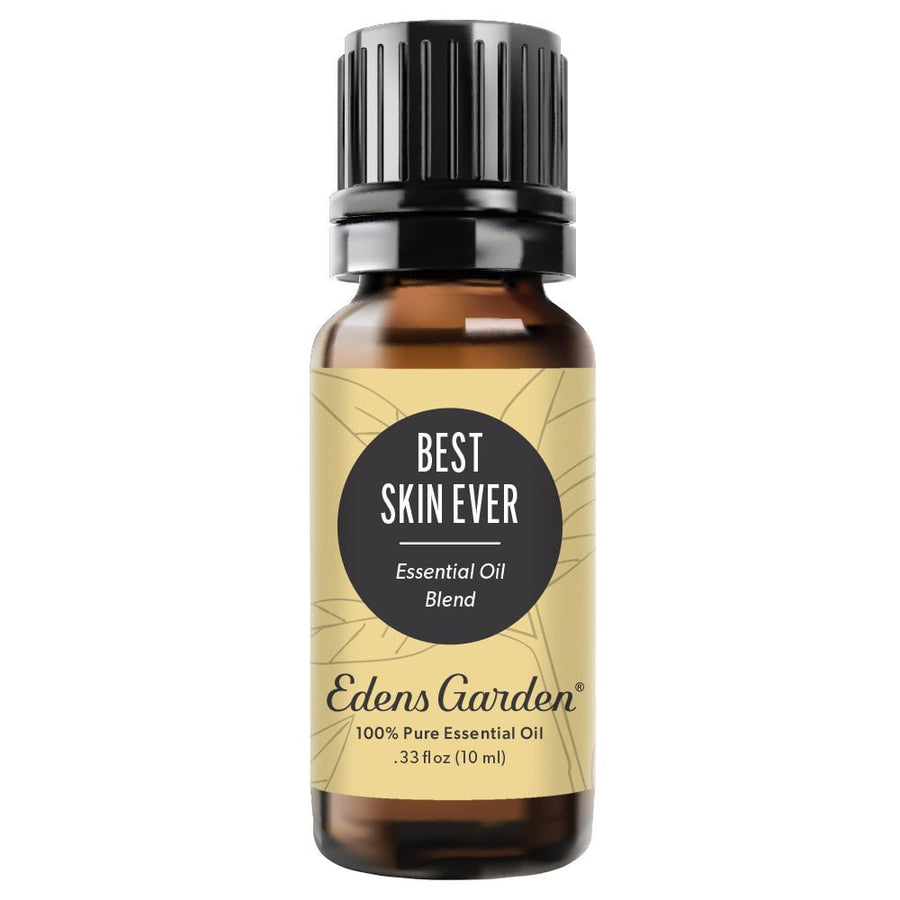
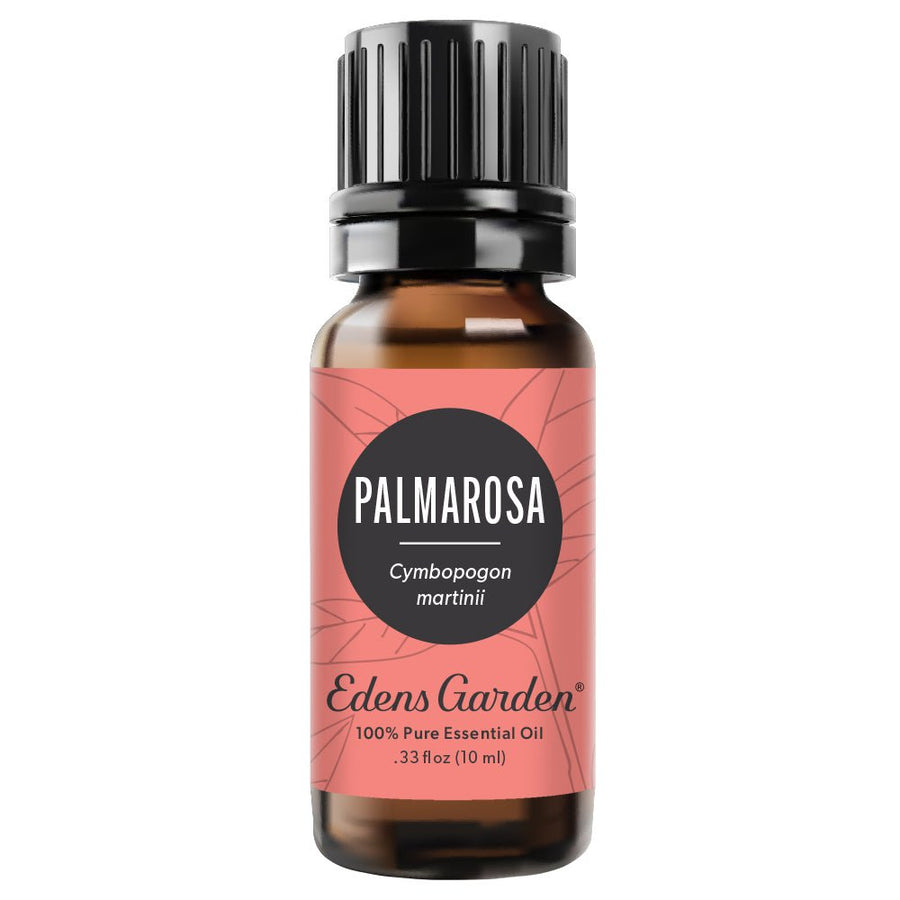
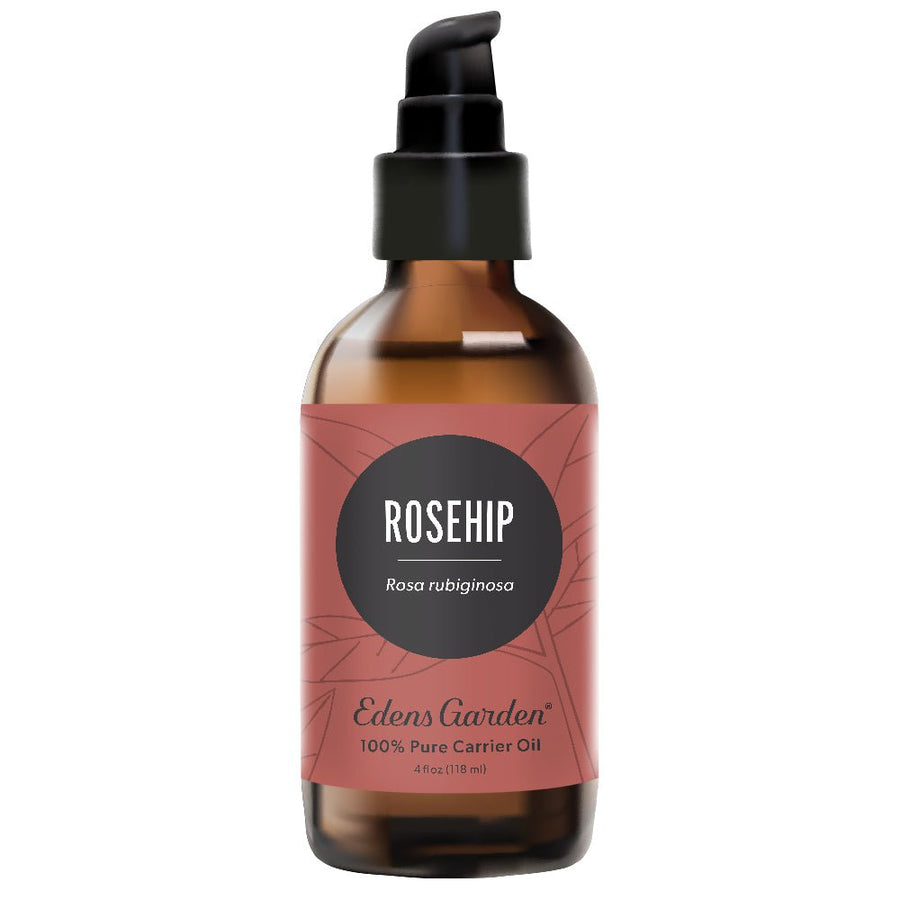
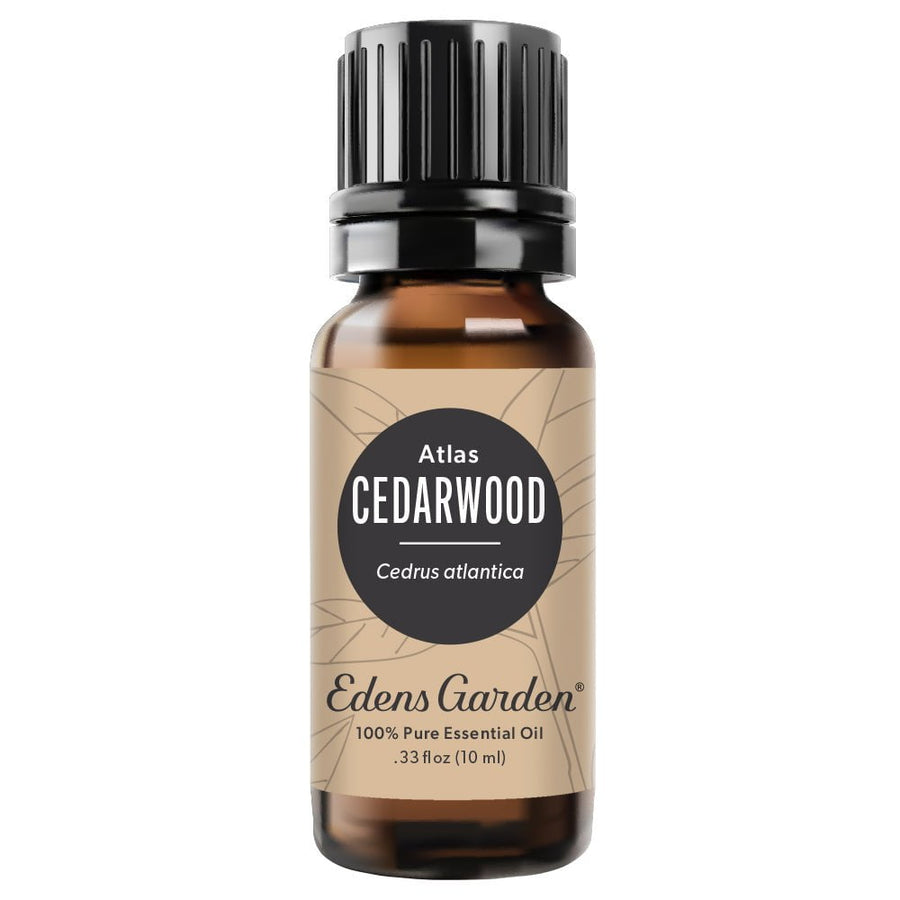
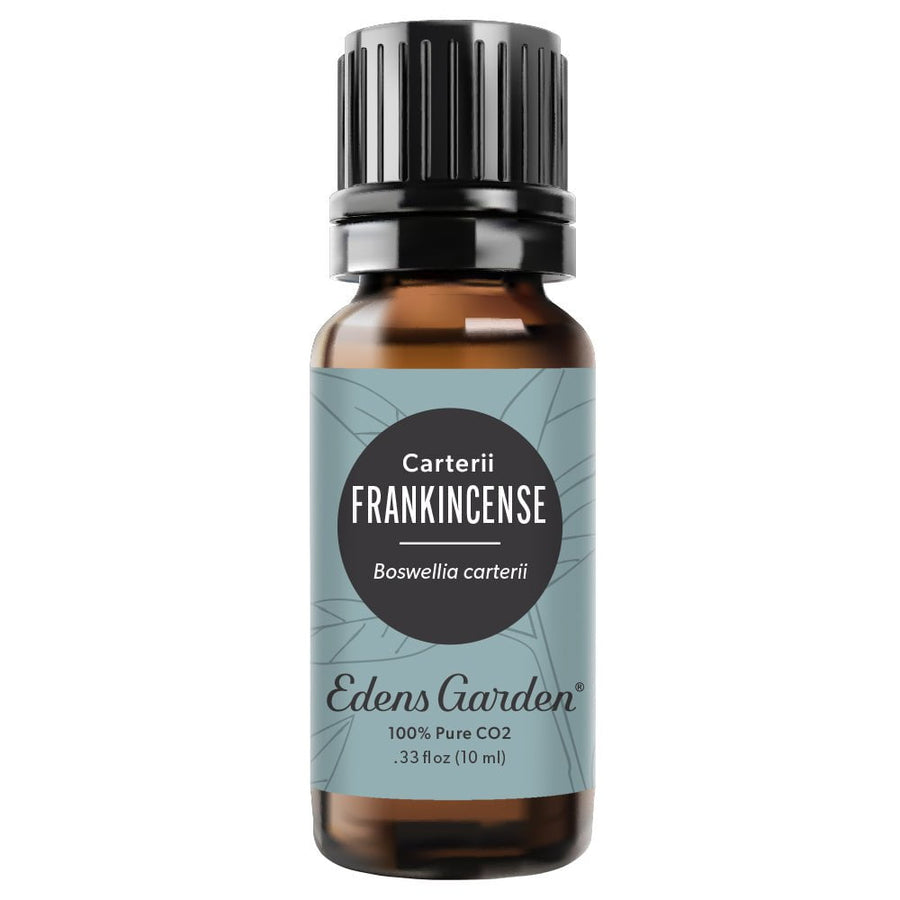
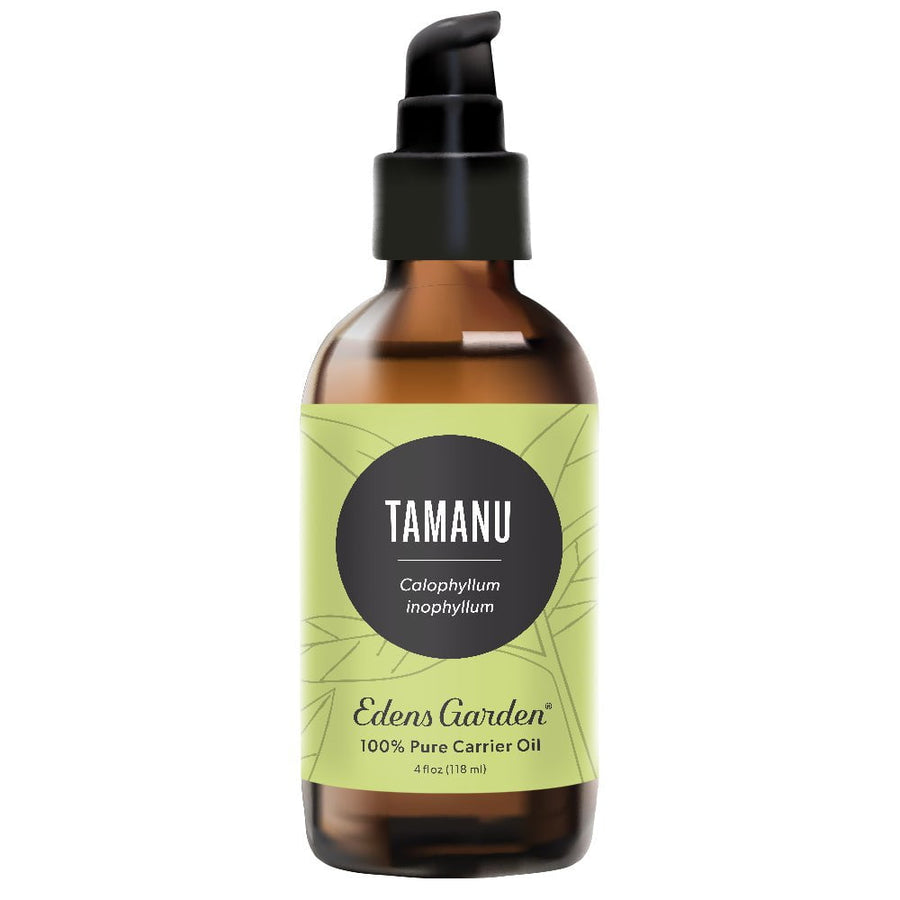

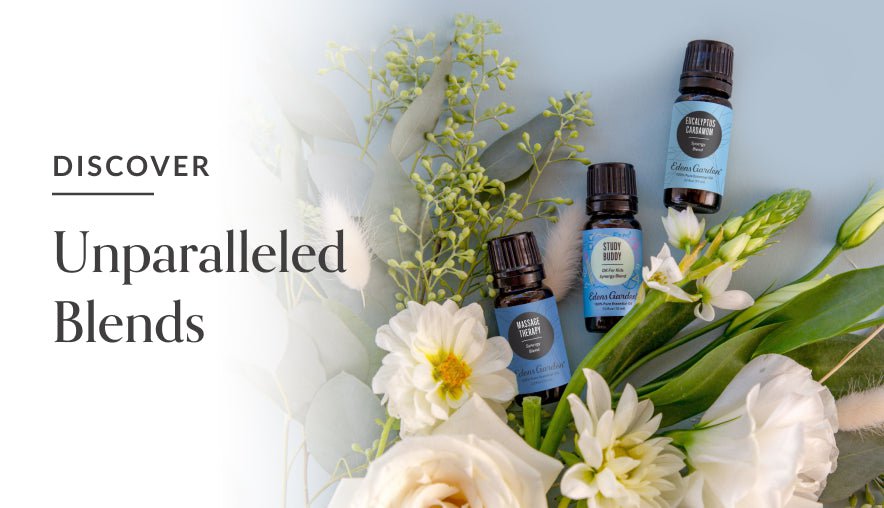
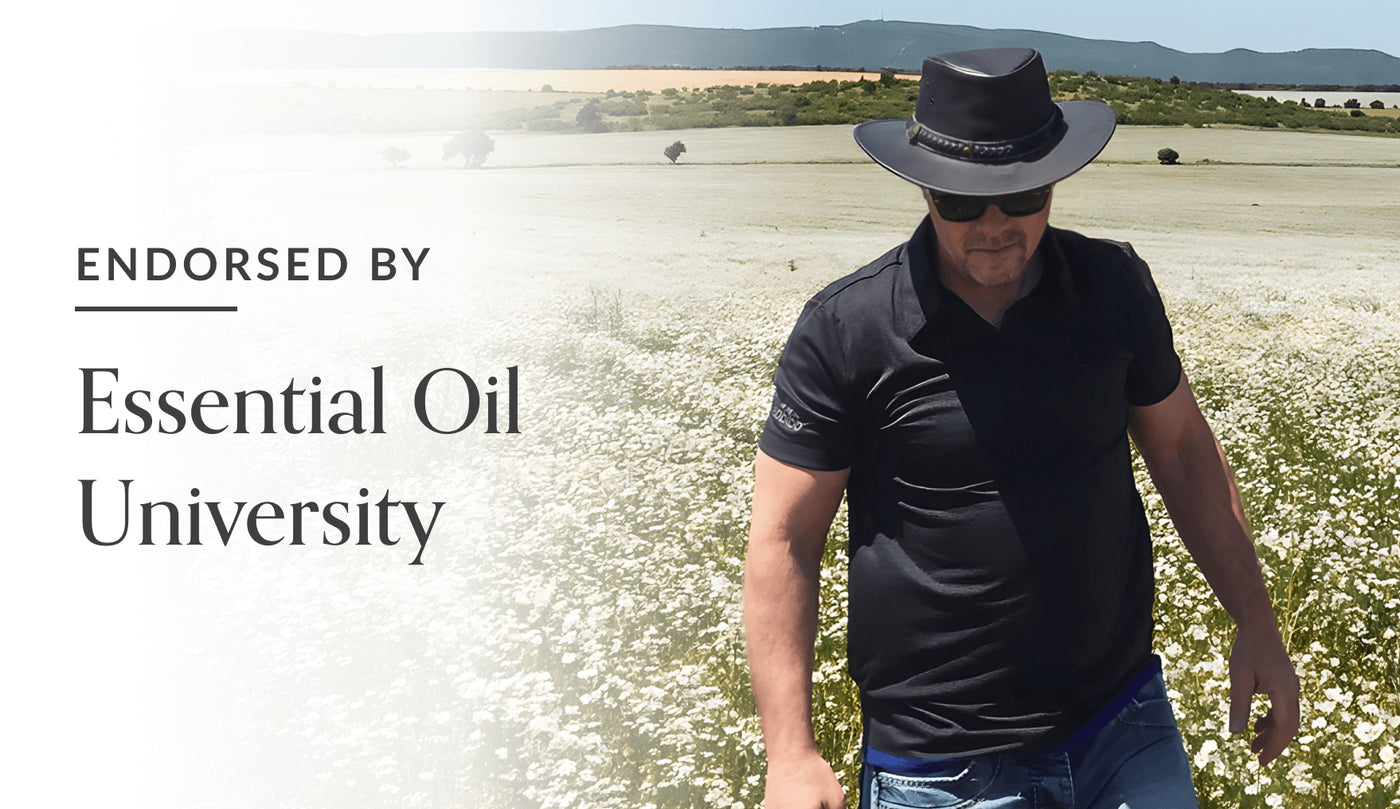
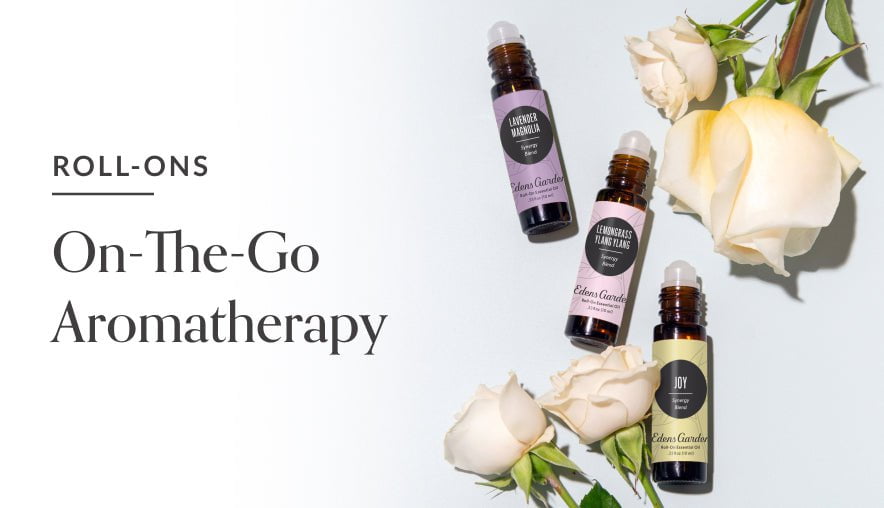
Leave a comment (Comments will be approved before showing up)